New Issue of EEE Parts Bulletin Now Available
July 24, 2023
1-minute read
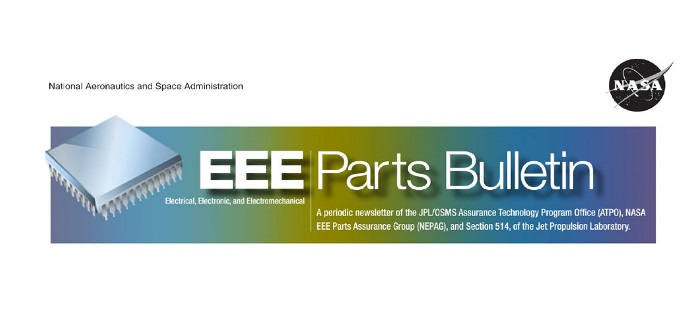
The EEE Parts Bulletin for May 2023 provides an overview of a new effort to develop a NASA Parts Engineering School in collaboration with The University of Maryland, Auburn University and numerous NASA centers.
IPC/WHMA-A-620 Space Alternate Training Credentials for Inspectors-Only
June 22, 2023
3-minute read
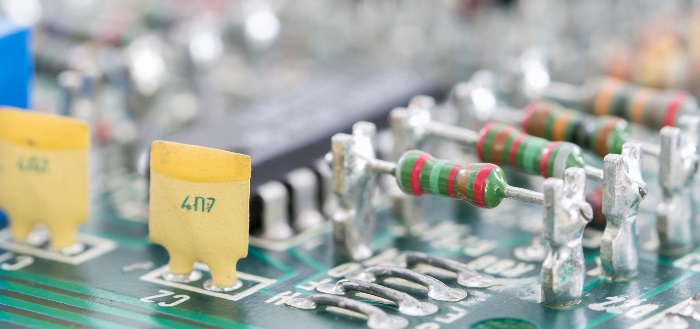
NASA’s Workmanship Standards Program is piloting a new training process with Johnson Space Center’s Receiving and Inspection Test facility that will allow personnel who take the IPC/WHMA-A-620 Space course at NASA training facilities to work as inspectors on NASA flight hardware. This training will provide efficiencies not available when using the training program offered by the IPC, who trains hardware builders and hardware inspectors in the same manner. This training program will be provided only to those who only perform inspections and not to those who will build the hardware.
NASA Updates Ground-Based Pressure Vessel and Systems Training
June 21, 2023
2-minute read

The Office of Safety and Mission Assurance’s (OSMA) Ground-Based Pressure Systems Working Group (GBPSWG) completed a significant update to the agencywide SATERN training course, SMA-HQ-WBT-301, Ground-Based Pressure Systems Operations Safety.
Two Years of Space Traffic: Current Trends in New Payloads and Debris in Orbit
June 06, 2023
4-minute read
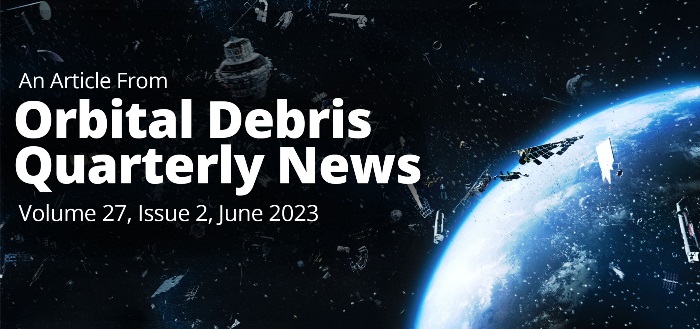
The June 2023 issue of Orbital Debris Quarterly News is now available and includes the article “Two Years of Space Traffic: Current Trends in New Payloads and Debris in Orbit,” republished here.
This issue also includes the articles “ISS Maneuvers Twice in a Week's Span to Avoid Potential Collisions,” “Three Minor Breakups in First Quarter of 2023” and “Recent Advances in Modeling Hollow Objects During Reentry,” among other articles.
John Livacich Receives Yes, If Coin for Approach to Safety
May 08, 2023
2-minute read
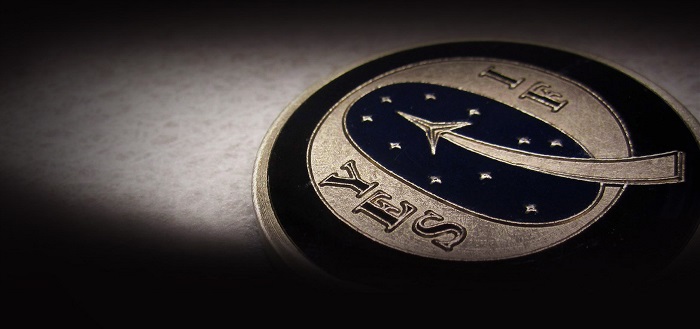
John Livacich, Safety and Occupational Health manager at Ames Research Center, recently received a “Yes, If” coin for his proactive approach to mitigating risks and ensuring safe and reliable lifting operations.
ODQN: First Issue of 2023 Now Available
March 23, 2023
1-minute read
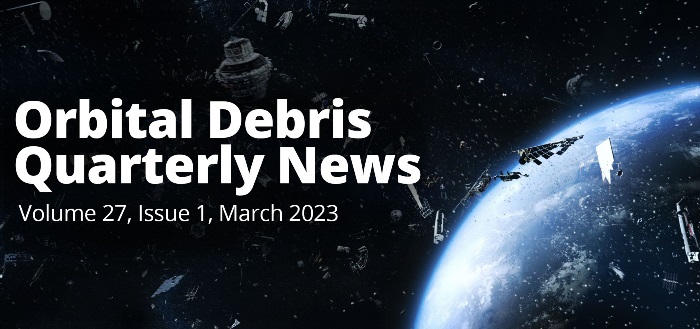
The latest issue of Orbital Debris Quarterly News is now available. See the latest updates as of March 2023.
Up Lifting the Space Mission: Strand Jacks and Hydraulic Jacking Systems
March 10, 2023
2-minute read
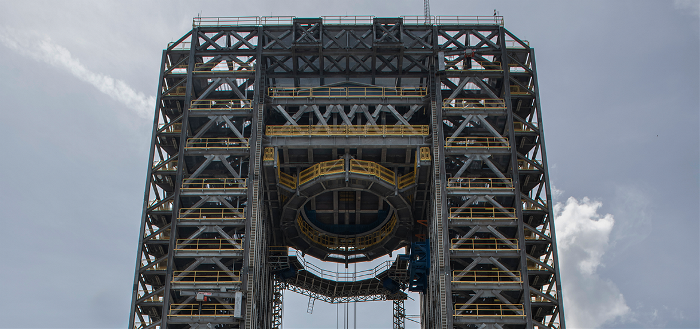
NASA personnel at Marshall Space Flight Center are preparing for a big lift in support of the Artemis Program.
In the coming months, NASA intends to use four strand jacks in unison to lower the test stand’s crosshead, which weighs 1.25 million pounds, or 625 tons, onto Test Stand 4693 with the Exploration Upper Stage test article underneath.
SMA Leadership Profile: Nick Benardini
January 31, 2023
5-minute read
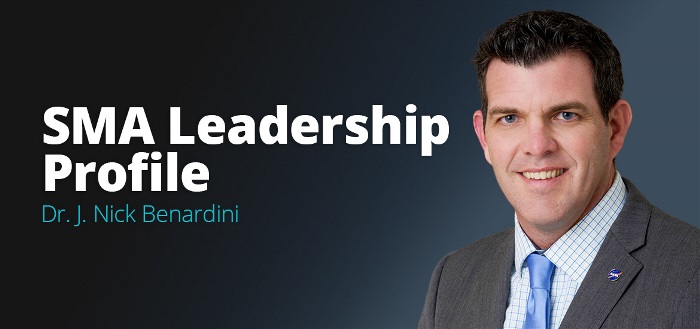
As NASA’s Planetary Protection Officer, James “Nick” Benardini knows his role is all about the community: his NASA discipline colleagues, agency programs and projects, the international community, and academia.
New Agency Standard for Wind Tunnel Model Systems Criteria
January 17, 2023
2-minute read
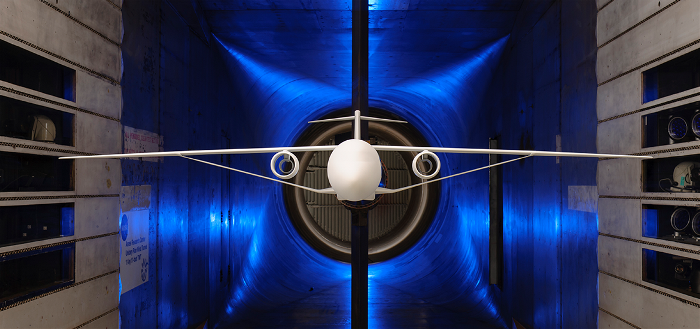
NASA released NASA-STD-8719.28, Wind Tunnel Model Systems Criteria, effective Oct. 10, 2022. The new agency standard — which replaces local center standards at Ames Research Center, Glenn Research Center and Langley Research Center — ensures models can move seamlessly between the centers for testing in various wind tunnels.
Cancellation of NPR 8705.5 Reflects Evolution of NASA Policy for Safety and Mission Success
January 04, 2023
3-minute read

NPR 8705.5, Technical Probabilistic Risk Assessment Procedures for Safety and Mission Success for NASA Programs and Projects was cancelled, a move consistent with the policy direction to be more objectives-driven, as defined in the recent update to NPD 8700.1, NASA Policy for Safety and Mission Success.